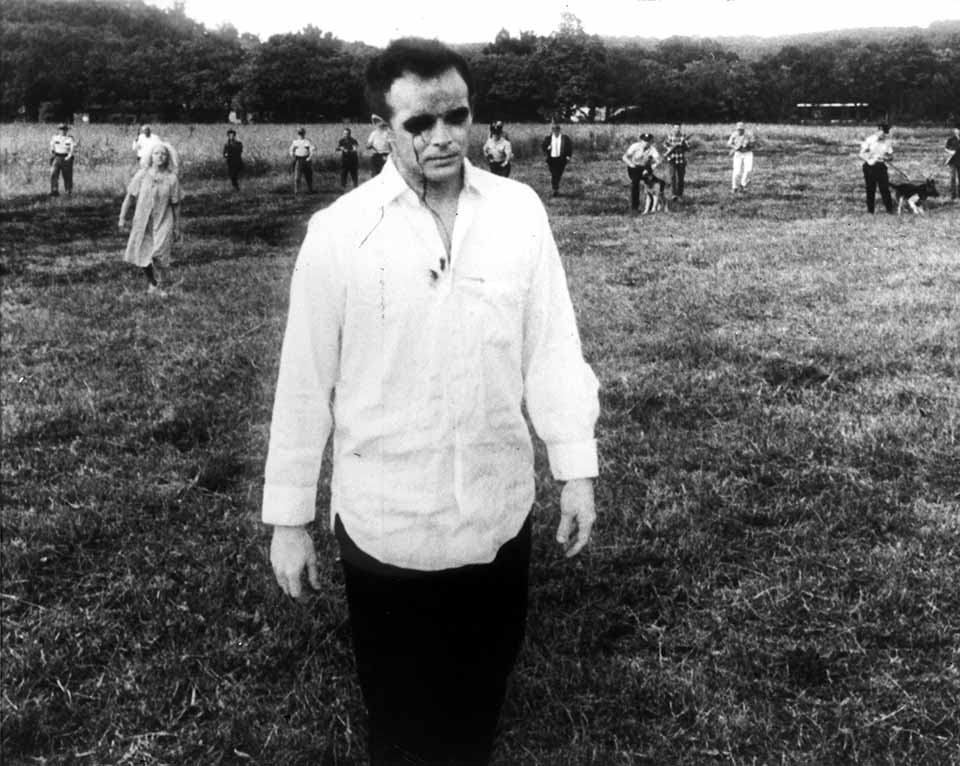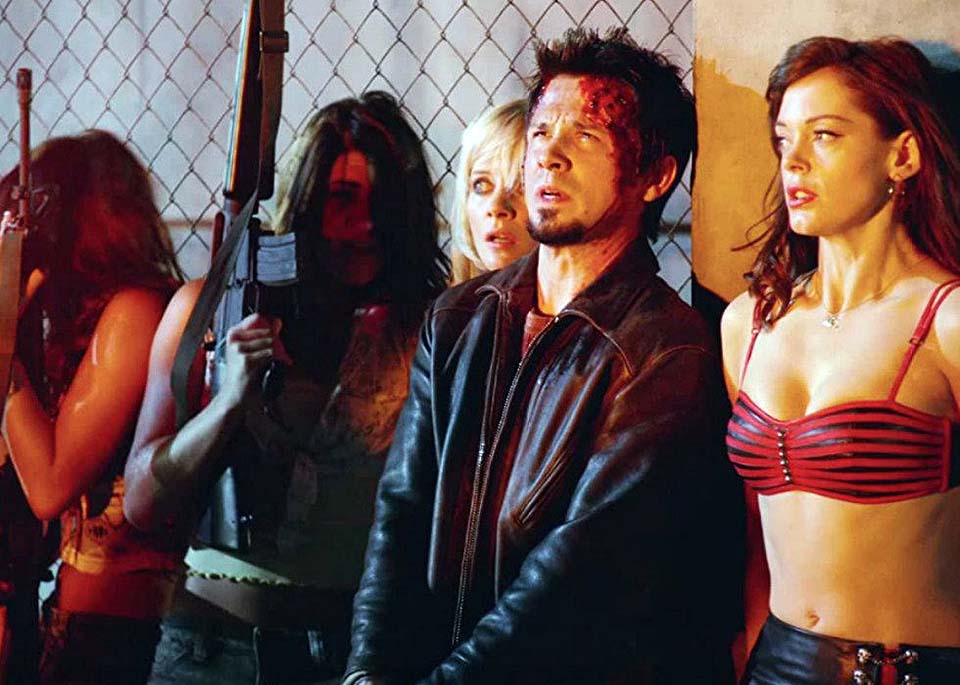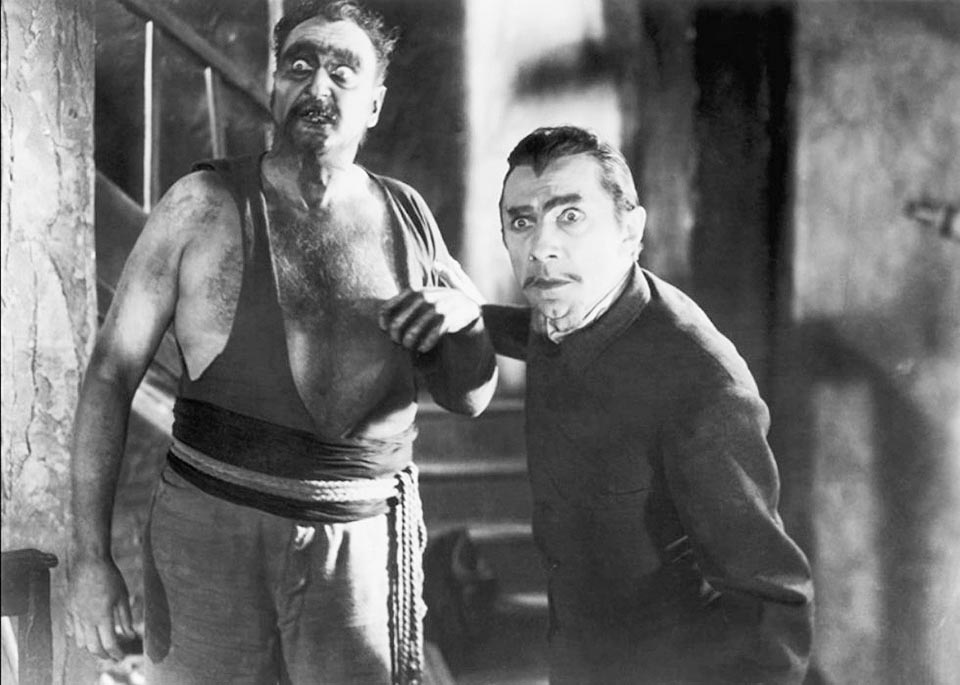
Fear of the dead coming back to life goes back to ancient history. Archaeologists have discovered many tombs In Greece where corpses were buried under huge rocks to prevent them getting up feeling hungry. Roman mothers threatened their children with a monstrous supernatural visit if they did not eat up their greens. Zombies have been around in fiction since at least the 17th century.
Unlike the Frankenstein monster or Dracula, zombies are not tied to a particular book source. Not that this worries Hollywood. The 1932 movie White Zombie depicted Bela Lugosi as Murder Legendre who was in charge of zombies in Haiti where they worked for nothing in the mines and never needed a tea break. The emphasis in this film is on the economic value of the undead rather than their cannibalistic tendencies.
In 1943 there was Revenge of the Zombies in which a mad scientist in the swamps of Louisiana raises an army of the dead to fight for the Third Reich which is running short of good troops on the eastern front. Again, in this movie, the emphasis is on the usefulness of zombies rather than portraying them as mindless morons interested only in chewing your arm s and legs. The movie did very well at the box office and cleverly linked the idea that supporters of Hitler were somehow insane.

The modern zombie, shuffling and famished, was invented so-to-speak by George A. Romero with his Night of the Living Dead (1968) in which survivors descend into a rural Pennsylvanian farmhouse and barricade themselves against the gaping crowd. He followed up with the sequel Day of the Dead in 1978, a cult classic in which zombies take over a large mall which they wreck searching for a live meal. The point here is that we, the human race, are the real zombies pursuing consumerism and damaging the environment to our hearts’ content.
These early movies made little or no effort to explain the zombie phenomenon. In Romero’s movies, there are occasional references to catalepsy or compromised blood, but no attempt to explain how the dead suddenly take up their cudgels again. In Return of the Living Dead (1985), the accidental release of gas in an experiment brought the dead back to life. Incidentally, this was one of the first movies where zombies could speak rather than grunt. Other theories about zombie origins in the 1980s and 1990s were that a fungus was responsible or even something brought by a meteor. Shades of Invasion of the Body Snatchers here which, in effect, is a half-zombie film anyway.

Then zombie culture moved mainstream and today has found its way all over the internet. There are even websites advising you how to prepare for the zombie apocalypse which – like the Second Coming – is just around the corner. In 28 Days Later (2002) zombies are the agents of anarchy into which the world is falling, whilst Zombie Strippers in 2008 rehearsed the idea they might look good on stage. Comedy entered the zombie movie world in 2004 with Shaun of the Dead which is full of cultural anxieties as the uninfected take on the dead in a local pub.
Finally, it’s back to Haiti and the 1988 production of The Serpent and the Rainbow. A scientist from USA tries to find out the secret ingredients which can bring the presumed dead back to life in a Port au Prince graveyard. It is just about the only zombie movie to take seriously the proposition that there might actually be some truth in the awakening of the dead. The practices of the voodoo witch doctors are taken seriously and the cult actually brings about the fall of the Baby Doc presidency. Just because you are dead is no excuse for opting out of politics.
 |
 |
 |





